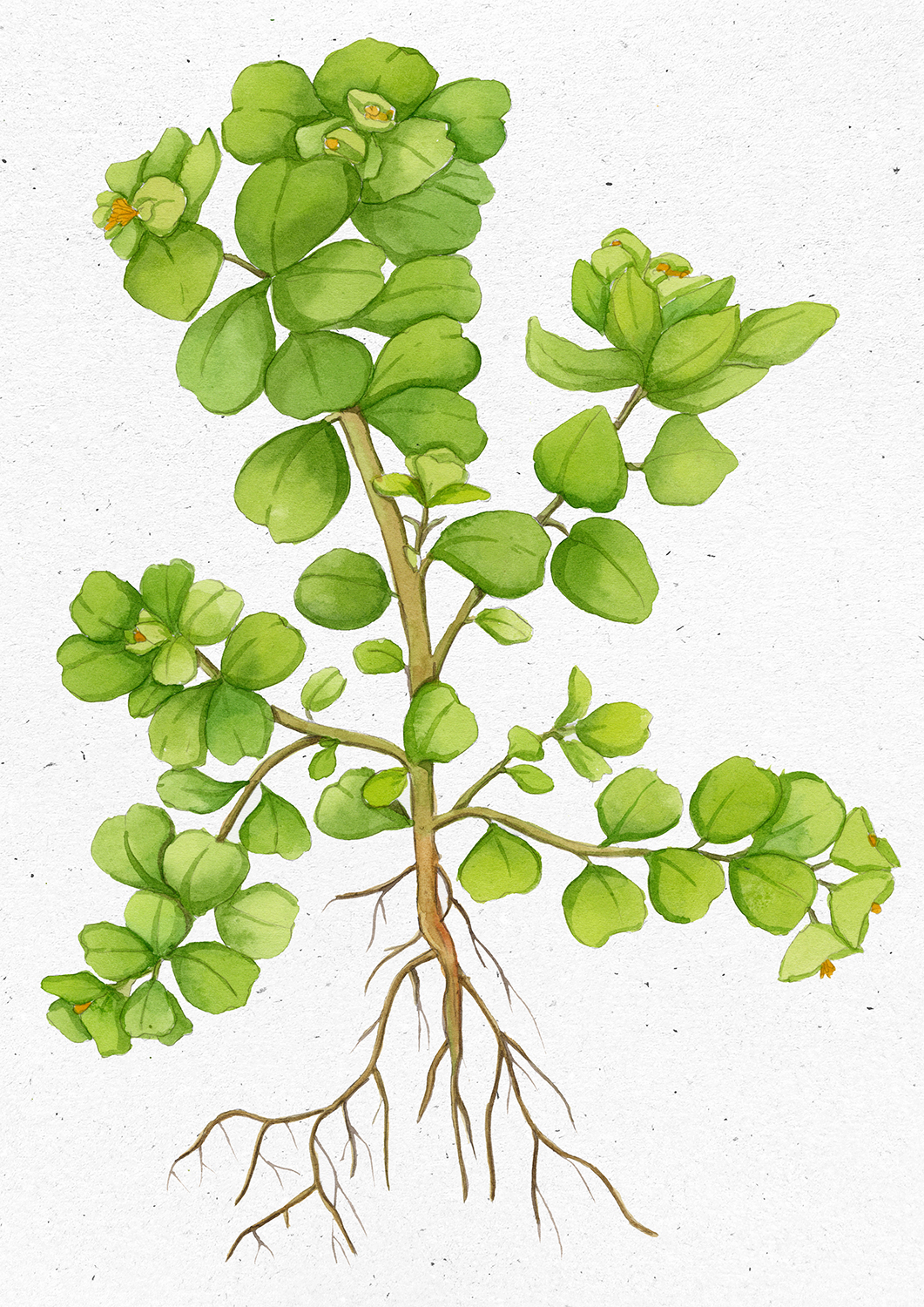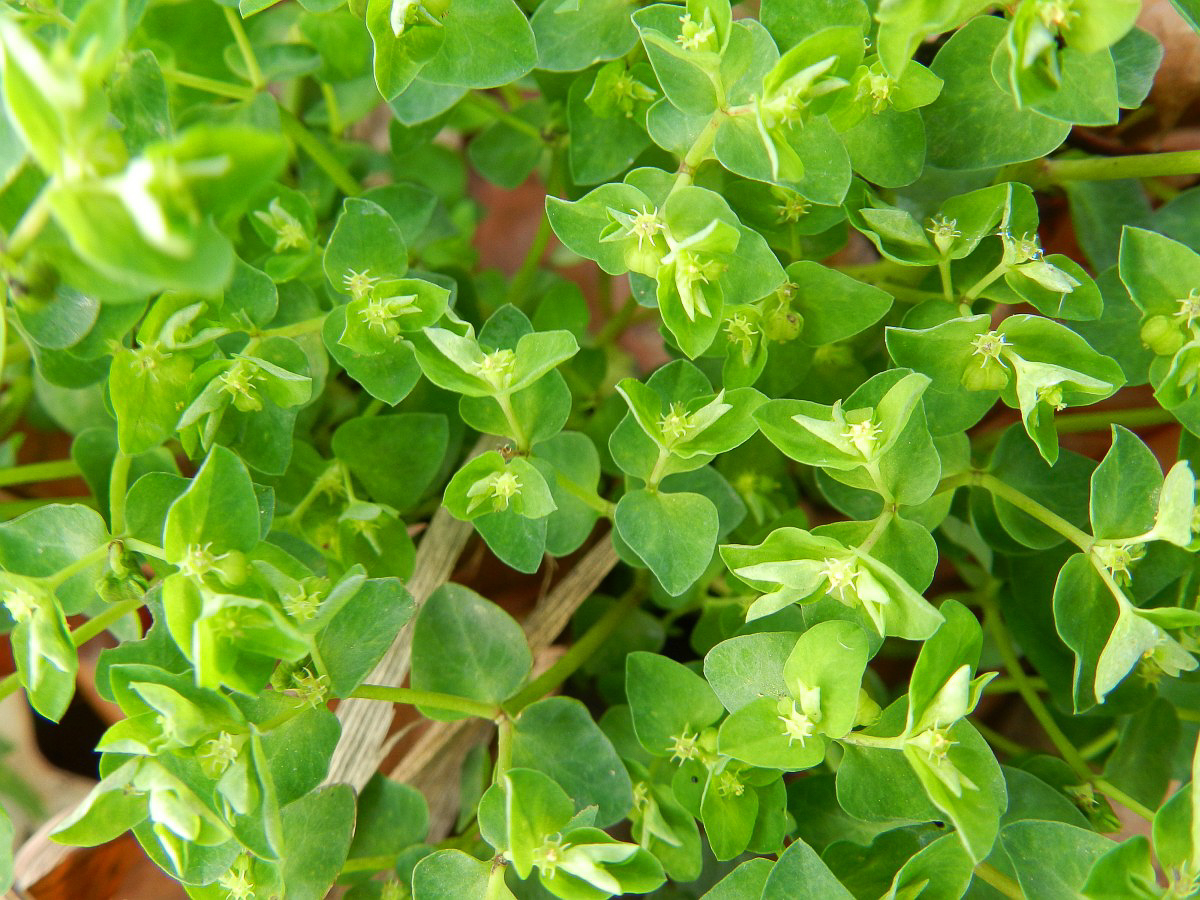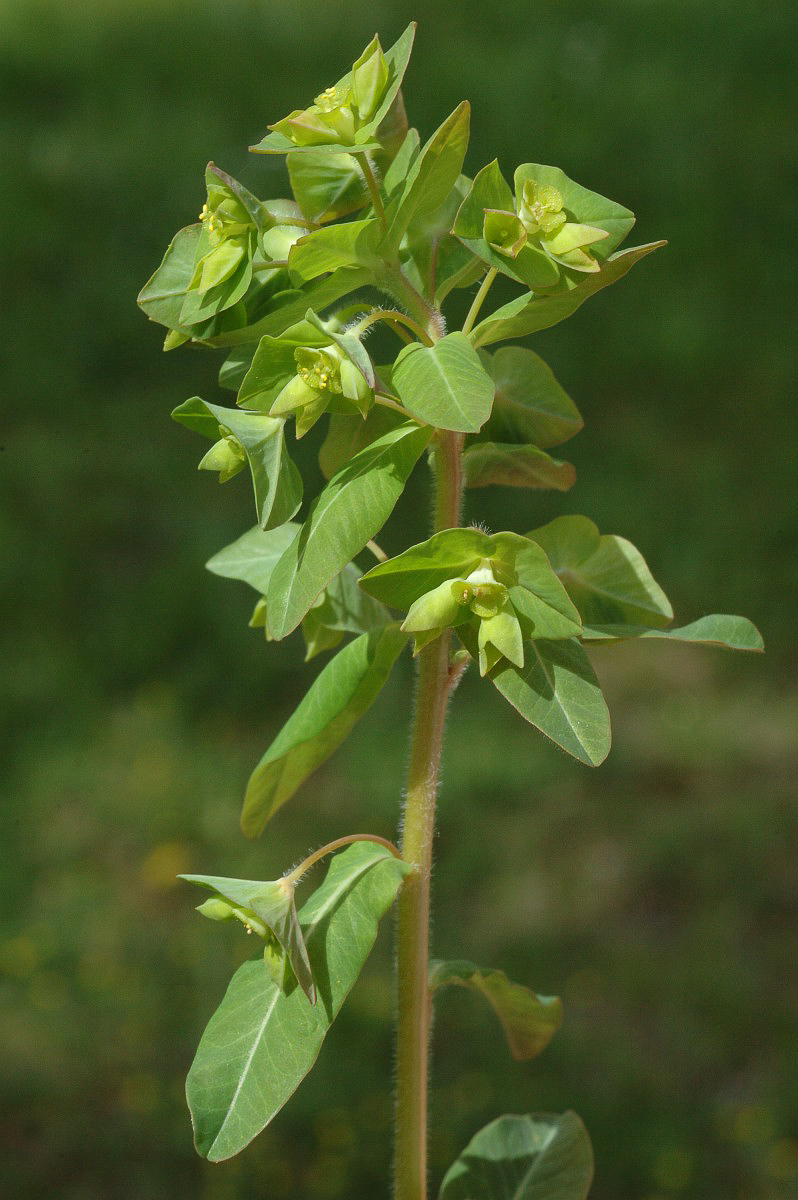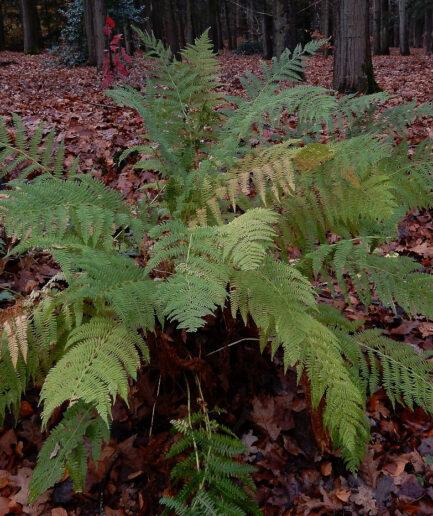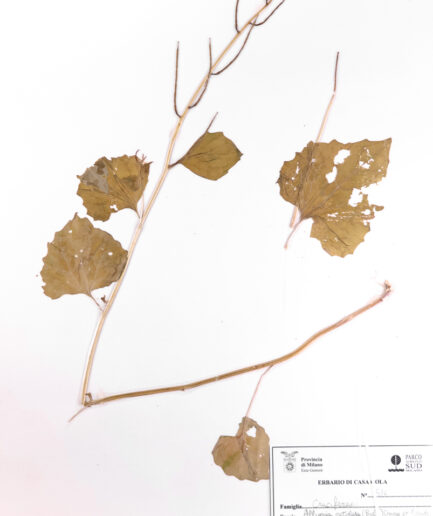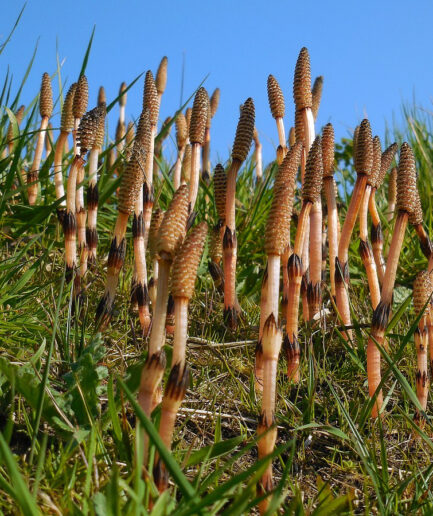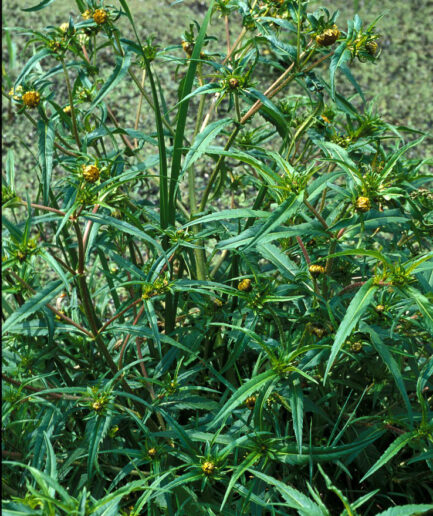Petty spurge
Scientific name: Euphorbia peplus L.
Family: Euphorbiaceae
MORPHOLOGY
Growth habit and size: Annual herb with a prostrate or ascending habit, usually not exceeding 40 cm in height.
Stem: Erect or prostrate, fleshy, green or pinkish, branched at the base.
Leaves: Opposite, elliptic or lanceolate leaves, light green in color, with entire or slightly dentate margins.
Inflorescence: Small umbrella-like inflorescences, called cyathia, borne at the apex of the branches.
Flowers: Flowers reduced to a single female or male.
Fruits and seeds: The fruit is a trilobed capsule, containing brown seeds.
DISTRIBUTION AND HABITAT
Euphorbia peplus is native to Europe and Western Asia but is now widespread in many parts of the world. It grows in disturbed habitats such as roadsides, gardens, fields, and uncultivated land.
USES
This plant has traditionally been used in folk medicine to treat a variety of skin conditions, such as warts, ulcers, and sores. However, it should be used with caution as the toxic latex present in the plant can cause skin irritations.
INTERESTING FACTS
Euphorbia peplus has been of interest in the medical and scientific fields for its potential pharmacological properties. It has been studied for its anti-tumor and anti-inflammatory abilities, although further research is needed to confirm these properties and develop any potential therapeutic applications.
Photo: Saxifraga-Ed Stikvoort, Rutger Barendse, Marijke Verhagen




